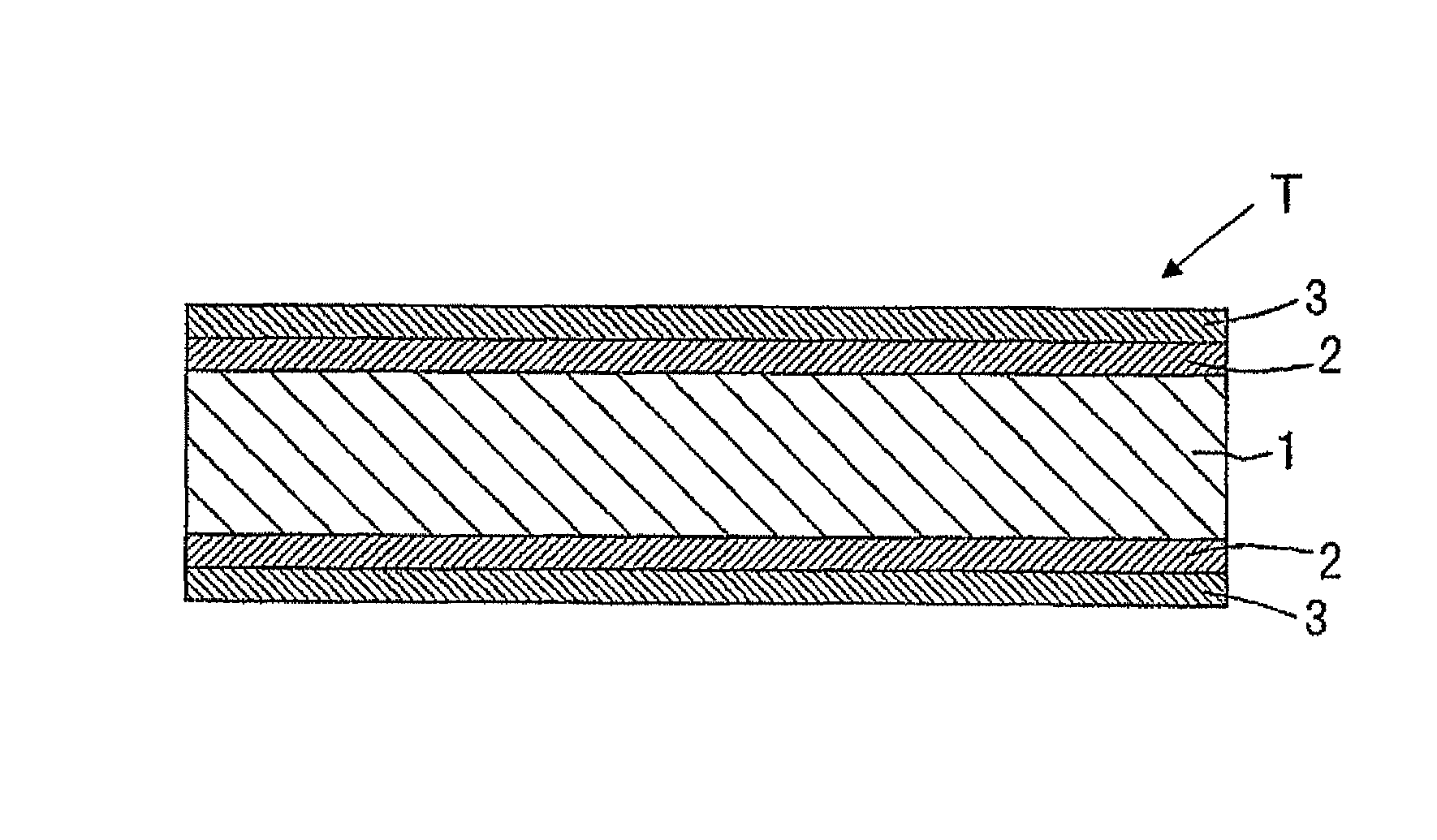Method for manufacturing a regenerated particle aggregate
a technology of regenerated particles and aggregates, applied in papermaking, non-fibrous pulp addition, silicon oxides, etc., to achieve the effects of suppressing excessive aqueous solution absorption, small specific gravity, and high dispersibility
- Summary
- Abstract
- Description
- Claims
- Application Information
AI Technical Summary
Benefits of technology
Problems solved by technology
Method used
Image
Examples
examples
[0166]Hereinafter, in order to describe the present invention in more detail, examples will be described, but the present invention is not intended to be limited to these examples.
[0167]The production examples of the regenerated particle aggregate are shown in Table 1, and the regenerated particle aggregate were evaluated for physical property. For some of them, the regenerated particle aggregates were added to raw material pulps of BPGW (30 mass %), NBKP (30 mass %), LBKP (25 mass %), and DIP (15 mass %) according to Table 2 to obtain papers having a basis weight of 64 g / m2. The papers were evaluated for the physical properties. Evaluation methods are represented below.[0168](1) Measurement of oil absorbency. According to JIS K 5101.[0169](2) Measurement of average particle diameter and particle size distribution. 10 mg of samples were added into methanol solutions 8 ml. The sample was dispersed with an ultrasonic dispersing machine (output of 80 W) for 3 minutes. Measurement of th...
example 47
[0236]Firstly, a regenerated particle aggregate according to claim 5 of the invention in this application was manufactured.
[0237]Next, on one hand, 20 parts by weight of the regenerated particle aggregates with respect to all the pigment (all the pigments in the coating liquid for the uppermost surface coating layer formation) 100 parts by weight, 50 parts by weight of heavy calcium carbonate (average particle diameter of 1.4 μm) with respect to all the pigment 100 parts by weight, and 30 parts by weight of clay (average particle diameter of 0.8 μm) with respect to all the pigment 100 parts by weight were blended together as a pigment. An amount of 5 parts by weight of a styrene butadiene latex (acrylonitrile content. 5% by weight, Tg. −10° C., average particle diameter. 130 nm, gel content. 85%) with respect to all the pigment 100 parts by weight, as a binder, and 5 parts by weight of a urea phosphoric acid starch with respect to all the pigment 100 parts by weight were blended. An...
PUM
| Property | Measurement | Unit |
|---|---|---|
| particle diameter | aaaaa | aaaaa |
| temperature | aaaaa | aaaaa |
| temperature | aaaaa | aaaaa |
Abstract
Description
Claims
Application Information
 Login to View More
Login to View More - R&D
- Intellectual Property
- Life Sciences
- Materials
- Tech Scout
- Unparalleled Data Quality
- Higher Quality Content
- 60% Fewer Hallucinations
Browse by: Latest US Patents, China's latest patents, Technical Efficacy Thesaurus, Application Domain, Technology Topic, Popular Technical Reports.
© 2025 PatSnap. All rights reserved.Legal|Privacy policy|Modern Slavery Act Transparency Statement|Sitemap|About US| Contact US: help@patsnap.com

